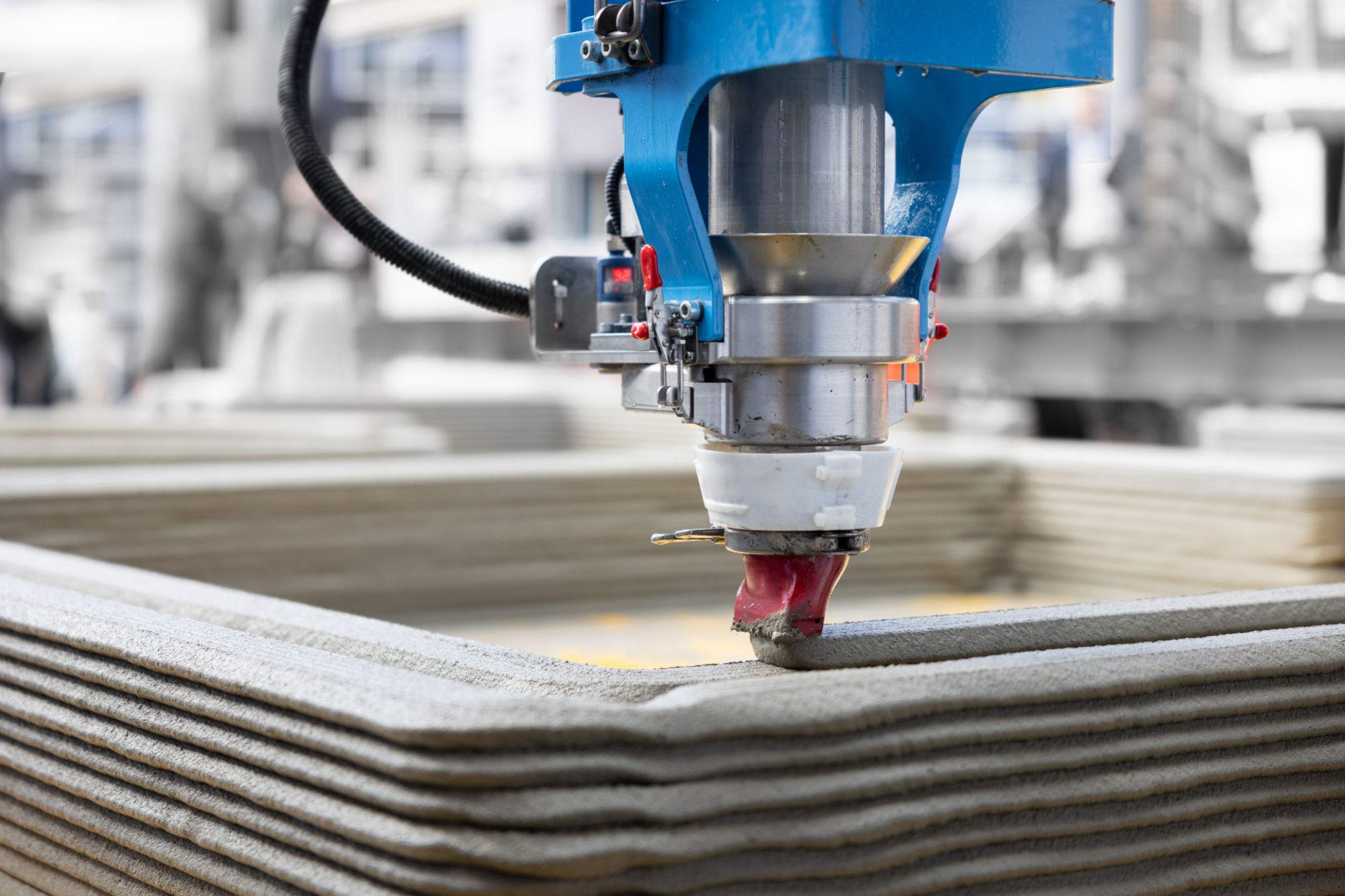Expert Insights: The Latest Trends in Building Materials
Sustainable Building Materials: The Rise of Eco-Friendly Choices
As environmental concerns continue to mount, the construction industry is increasingly turning towards sustainable building materials. These eco-friendly options not only reduce the carbon footprint of buildings but also often come with added benefits such as improved energy efficiency and durability. From recycled materials to innovative bio-based products, the push for sustainability is reshaping the landscape of building materials.

Smart Materials: Enhancing Adaptability and Functionality
Smart materials are revolutionizing the building industry by offering enhanced adaptability and functionality. These materials can change their properties in response to environmental stimuli, such as temperature or light. For example, thermochromic windows can adjust their tint based on sunlight exposure, helping to regulate indoor temperatures and reduce energy consumption.
Incorporating smart materials into building designs not only improves energy efficiency but also enhances the overall user experience by providing more comfortable and adaptable living and working environments. As technology advances, we can expect even more innovative applications of smart materials in construction projects.
3D Printing: A Game-Changer in Construction
3D printing technology is making significant strides in the field of construction, offering a cost-effective and efficient alternative to traditional building methods. By using advanced software and automated machinery, 3D printing allows for the precise creation of complex architectural components with minimal waste.

This technology is particularly beneficial for producing custom designs and prototypes quickly, enabling architects and builders to experiment with new ideas without the constraints of conventional techniques. As 3D printing continues to evolve, it could play a pivotal role in reducing construction times and costs.
Resilient Materials: Building for Extreme Weather
With climate change leading to more frequent and severe weather events, the demand for resilient building materials is on the rise. These materials are designed to withstand extreme conditions, providing enhanced protection against natural disasters such as hurricanes, floods, and earthquakes.
Innovations in resilient building materials include storm-resistant roofing, flood-proof foundations, and seismic-resistant structures. By incorporating these materials into construction projects, builders can ensure longevity and safety, ultimately protecting lives and investments.

Lightweight Materials: Optimizing Efficiency
Lightweight building materials are gaining popularity due to their ability to reduce the overall weight of structures without compromising strength or durability. These materials offer several advantages, including easier transportation, faster installation, and reduced structural load.
Common lightweight materials include engineered wood products, advanced composites, and aerogels. By utilizing these materials, architects and builders can create more efficient designs that optimize both performance and resource usage.
The Future of Building Materials: Innovation and Sustainability
The building materials industry is poised for continued innovation as new technologies and methods emerge. With a focus on sustainability and resilience, the future of construction will likely see an increasing integration of digital tools and sustainable practices.
As we move forward, staying informed about these trends will be crucial for professionals in the construction sector. Embracing these changes not only offers competitive advantages but also contributes to a more sustainable and resilient built environment.
